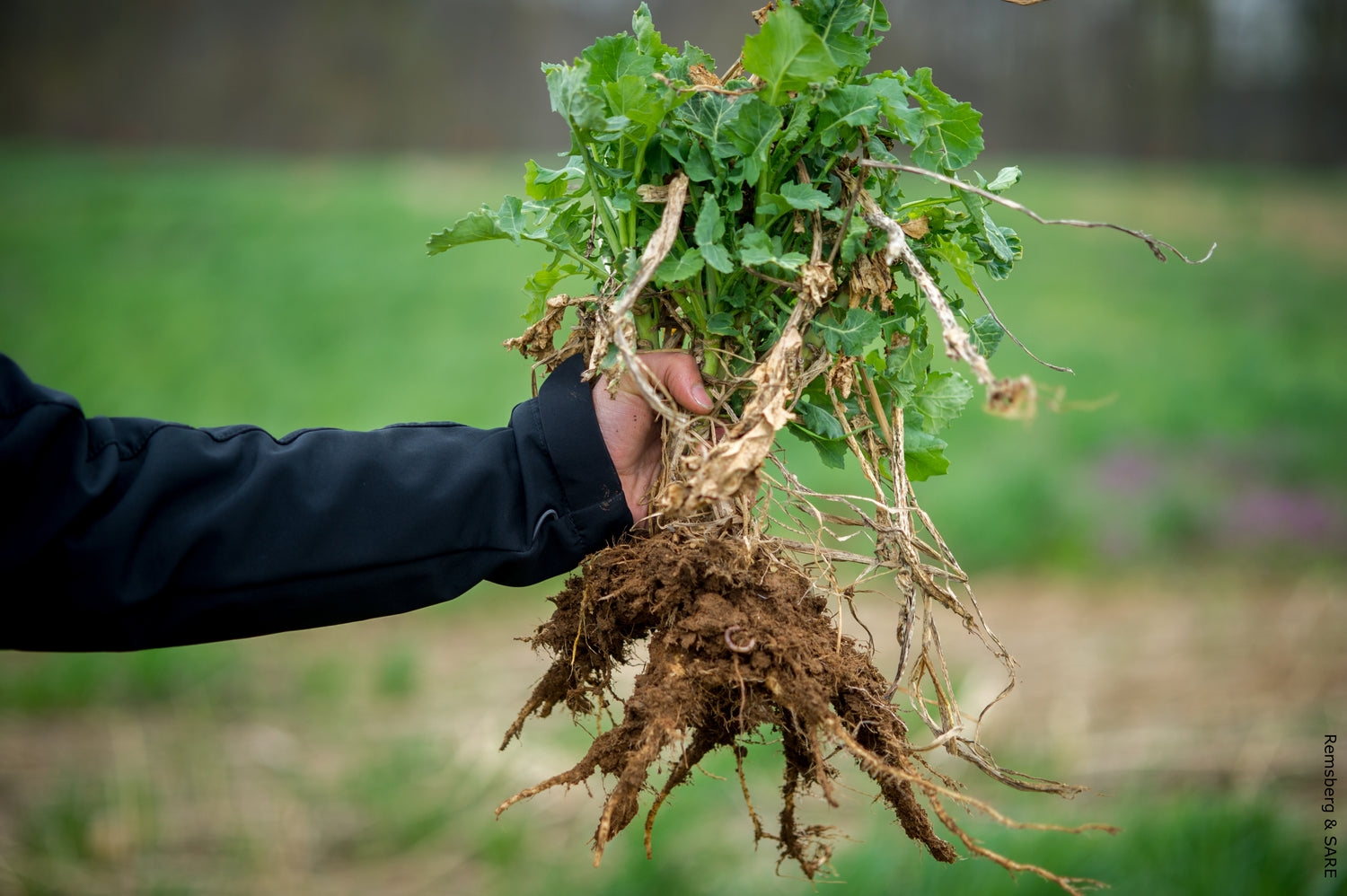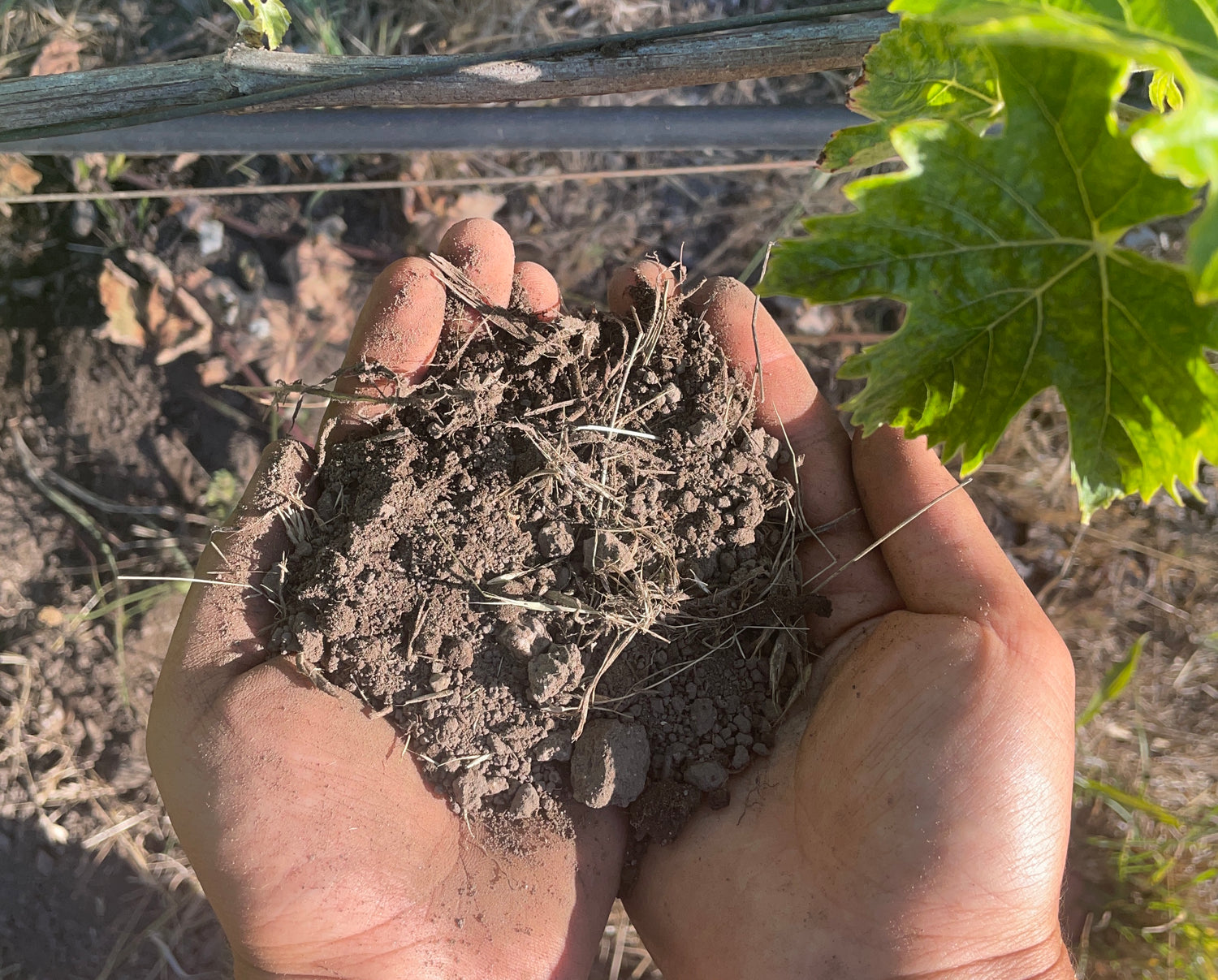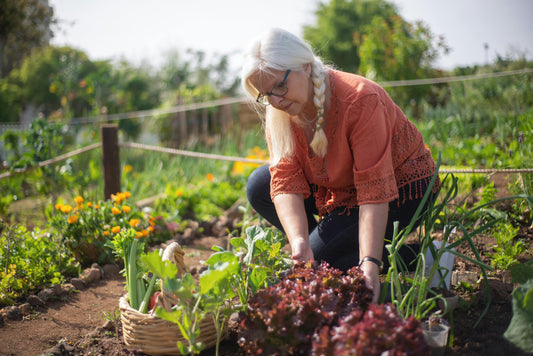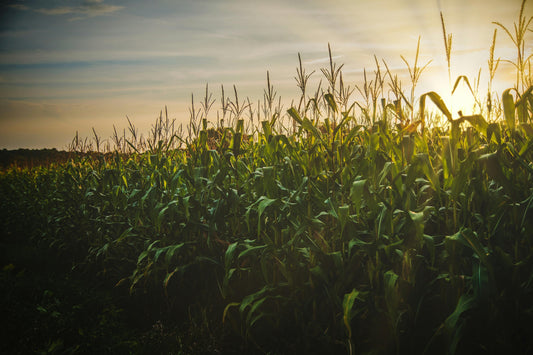California’s varied landscapes, from coastal shores to fertile valleys and towering mountains, are underpinned by a rich diversity of soil types. These soils shape agriculture, gardening, urban development, and environmental health, making their study vital for landowners, farmers, and conservationists. This guide explores California’s major soil types, their characteristics, agricultural suitability, and conservation strategies, drawing on 2024 and 2025 research to support sustainable land use in areas like Oakland and across the state.
Overview of California’s Soil Diversity
California’s soil diversity arises from its complex geology, varied climates, and topographic range. From the Central Valley’s fertile plains to the Mojave Desert’s arid expanses, soils differ in texture, structure, and nutrient content, influencing their suitability for various uses. A 2024 University of California, Davis study identifies over 700 soil series in California, reflecting its unique environmental conditions. Understanding these soils is essential for optimizing agriculture, landscaping, and environmental stewardship.
Major Soil Types in California
California’s soils are classified by particle size and composition, each with distinct properties affecting water retention, drainage, and nutrient availability. Below are the primary soil types and their characteristics:
Sandy Soils: Composed of large particles (0.05–2.0 mm), sandy soils are gritty, well-drained, and aerated but have poor water and nutrient retention. Found along coastlines like Santa Cruz, they suit drought-tolerant plants but require amendments for nutrient-demanding crops.
Silty Soils: With intermediate particles (0.002–0.05 mm), silty soils are smooth and powdery, holding water better than sandy soils but prone to compaction. Common in river valleys like the Sacramento Valley, they support crops like rice when drainage is managed.
Clay Soils: Small particles (<0.002 mm) make clay soils dense, nutrient-rich, and water-retentive but poorly aerated and prone to drainage issues. Prevalent in the San Joaquin Valley, they are ideal for water-loving crops like rice with proper aeration.
Loamy Soils: A balanced mix of sand, silt, and clay, loamy soils offer good drainage, water retention, and nutrient storage with a slightly gritty texture. Found in fertile areas like Napa Valley, they are versatile for gardening and orchards.
San Joaquin Soil: California’s State Soil
The San Joaquin soil, California’s official state soil, is a well-drained, alluvial soil in the Central Valley, formed from Sierra Nevada sediment. It supports high-value crops like almonds, grapes, and tomatoes. A 2025 California Department of Food and Agriculture report states it contributes to 60% of the state’s agricultural output, highlighting its economic significance.
Soil Orders in California
California’s soils are grouped into seven major soil orders, reflecting formation processes and environmental conditions. These orders align with the state’s topographic diversity, split into upland residual (formed in place) and lowland transported (deposited by water or wind) soils.
| Soil Order | Characteristics | Locations | Uses |
|---|---|---|---|
| Alfisols | Fertile, clay-enriched subsoil | Temperate regions (e.g., Napa Valley) | Vineyards, orchards |
| Aridisols | Dry, high in salts | Deserts (e.g., Mojave) | Limited agriculture with irrigation |
| Entisols | Young, minimal horizon development | Recent deposits (e.g., riverbanks) | Grazing, variable uses |
| Histosols | Organic, decomposed plant material | Wetlands (e.g., Sacramento Delta) | Specialty crops, conservation |
| Inceptisols | Weakly developed subsoil | Diverse climates (e.g., foothills) | Forestry, limited agriculture |
| Mollisols | Dark, organic-rich | Grasslands (e.g., Central Valley) | High-yield crops, grazing |
| Vertisols | Clay-rich, shrink-swell properties | Dry-season areas (e.g., San Joaquin Valley) | Cotton, rice with drainage |
A 2024 Soil Science Society of America Journal study notes that Mollisols and Alfisols cover 40% of California’s agricultural land, driving its role as a global food producer.
Soil Suitability for Agriculture
Soil suitability for agriculture hinges on texture, drainage, and nutrient content. The San Joaquin soil, Alfisols, and Mollisols are highly productive, supporting California’s $50 billion agricultural industry, per a 2025 USDA report. These soils excel for crops like almonds, citrus, and vegetables due to their fertility and drainage. Aridisols in desert regions, however, require extensive irrigation and amendments, limiting their use. A 2024 California Agriculture study found that effective soil management can boost crop yields by 15–25% on fertile soils.
Agricultural Challenges
- Sandy Soils: Low nutrient retention necessitates frequent fertilization.
- Clay Soils: Poor drainage risks waterlogging, requiring aeration.
- Aridisols: High salinity and low moisture restrict crop diversity.
- Vertisols: Shrink-swell behavior can damage roots and infrastructure.
Soil Amendments and Modifications
Soil amendments enhance conditions for gardening, landscaping, and agriculture. Common amendments include compost, gypsum, manure, and sand, chosen based on soil test results. A 2025 UC Cooperative Extension guide recommends testing soil pH (ideal: 6.0–7.0 for most crops) and nutrient levels to avoid over-application, which can harm plants and waterways.
Amendment Strategies
- Compost enhances organic matter, improving water retention in sandy soils and aeration in clay soils.
- Gypsum reduces compaction and salinity in clay or sodic soils.
- Manure boosts nutrient content but requires careful application to prevent nitrogen overload.
- Sand improves drainage in clay-heavy soils when thoroughly mixed.
Soil testing, costing $50–150 per sample per a 2024 Journal of Soil and Water Conservation estimate, ensures amendments are tailored, maximizing effectiveness.
Soil Conservation and Erosion Control
Soil conservation is critical to preserve California’s soil health, particularly with erosion risks from wildfires, heavy rains, and wind. A 2025 Environmental Management study reports that erosion removes 10–20 tons of topsoil per acre annually in vulnerable areas, depleting nutrients and fertility.
Conservation Practices
- Cover cropping uses plants like clover to protect soil from erosion and add organic matter.
- No-till farming minimizes soil disturbance, preserving structure and reducing runoff.
- Windbreaks with trees or shrubs shield soils from wind erosion in open areas.
- Terracing reduces runoff on slopes, common in hilly regions like Oakland.
These practices, paired with sustainable management like crop rotation and organic amendments, enhance soil resilience. A 2024 USDA report indicates that conservation practices have reduced erosion by 30% on California farms adopting them since 2015.
Conclusion
California’s diverse soils—from fertile loams to arid Aridisols—define its agriculture, landscapes, and environmental health. By understanding their characteristics and suitability, farmers, gardeners, and landowners can optimize land use while prioritizing sustainability. Soil testing, targeted amendments, and conservation practices ensure the productivity and longevity of California’s soils, supporting both rural and urban communities like Oakland for future generations.
References
- University of California, Davis. (2024). Soil Diversity in California: A Regional Analysis. Soil Science Review.
- California Department of Food and Agriculture. (2025). Agricultural Productivity of San Joaquin Soil. CDFA Annual Report.
- Soil Science Society of America Journal. (2024). Soil Orders and Agricultural Potential in California. Volume 88, Issue 3.
- USDA. (2025). California’s Agricultural Economy and Soil Management. USDA Economic Report.
- California Agriculture. (2024). Soil Management for Enhanced Crop Yields. Volume 78, Issue 2.
- UC Cooperative Extension. (2025). Soil Testing and Amendment Guidelines. UCCE Publication.
- Journal of Soil and Water Conservation. (2024). Cost-Benefit Analysis of Soil Testing. Volume 79, Issue 4.
- Environmental Management. (2025). Erosion Impacts on California Soils. Volume 75, Issue 1.












